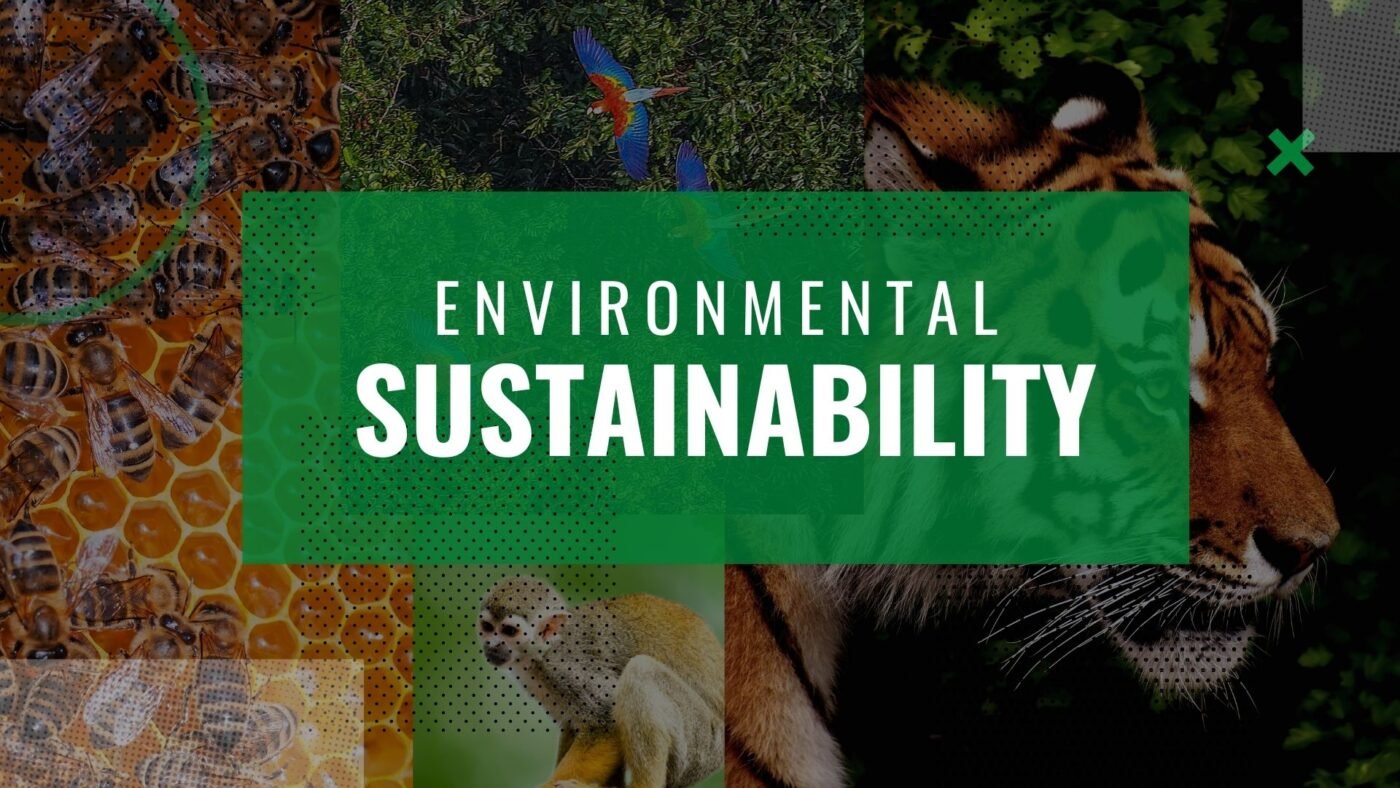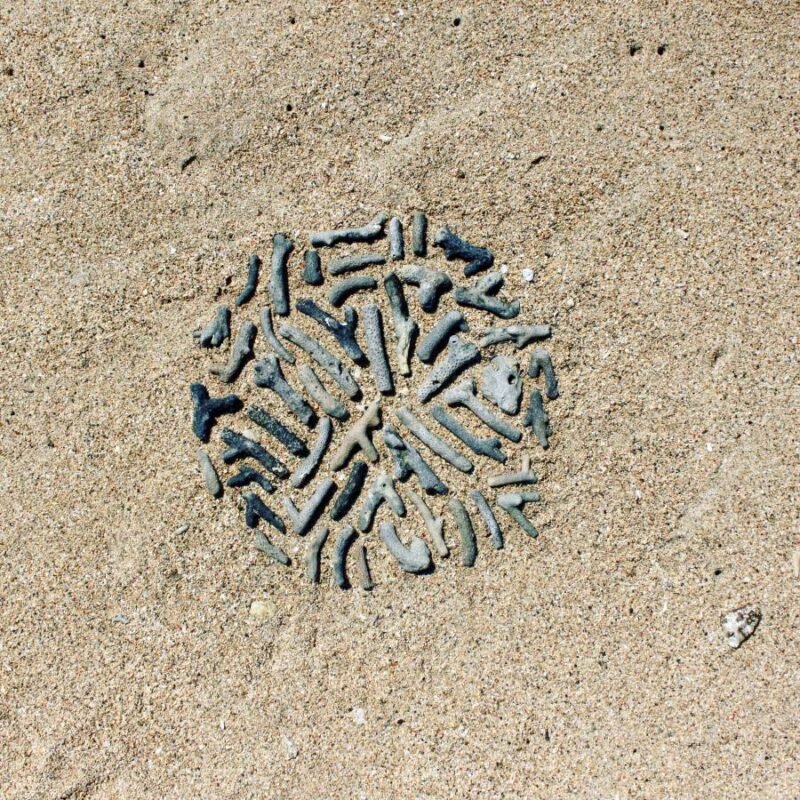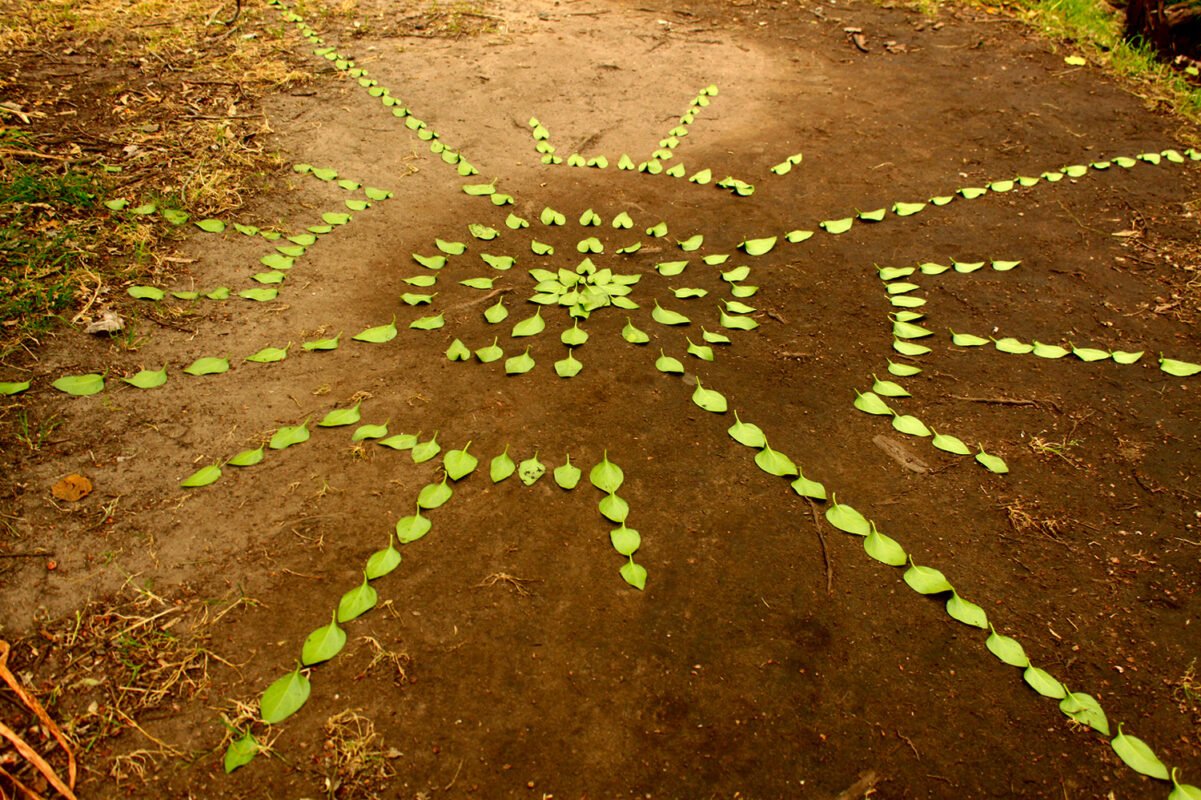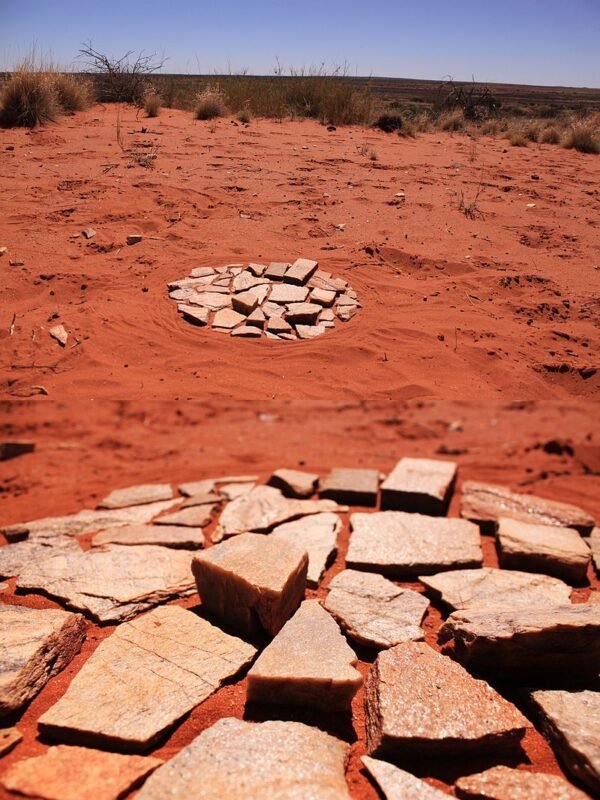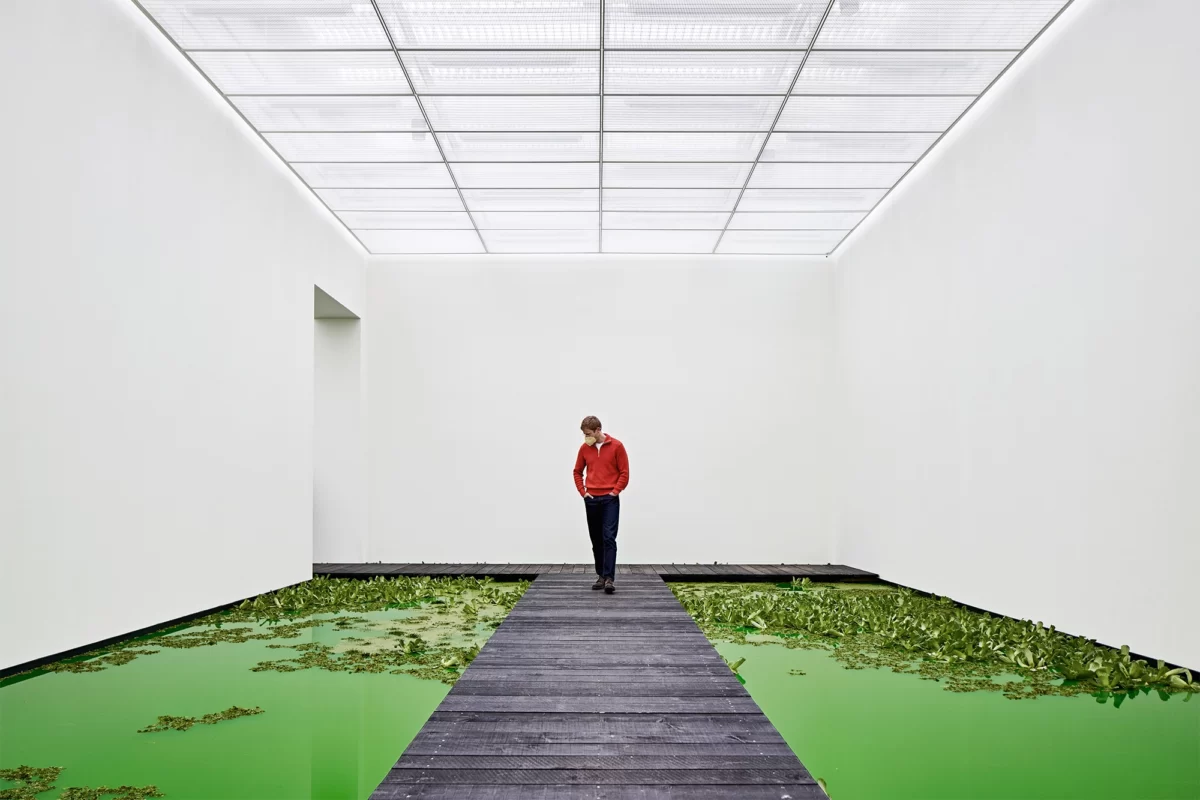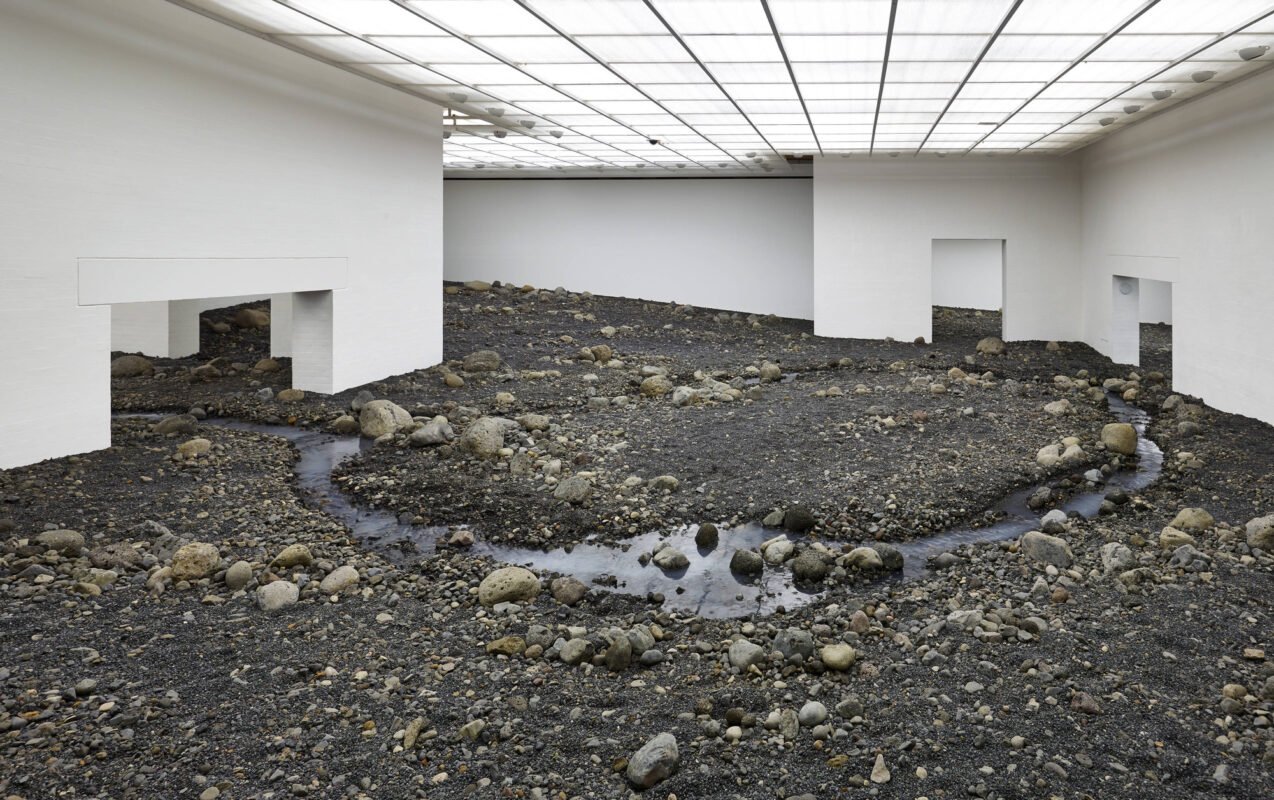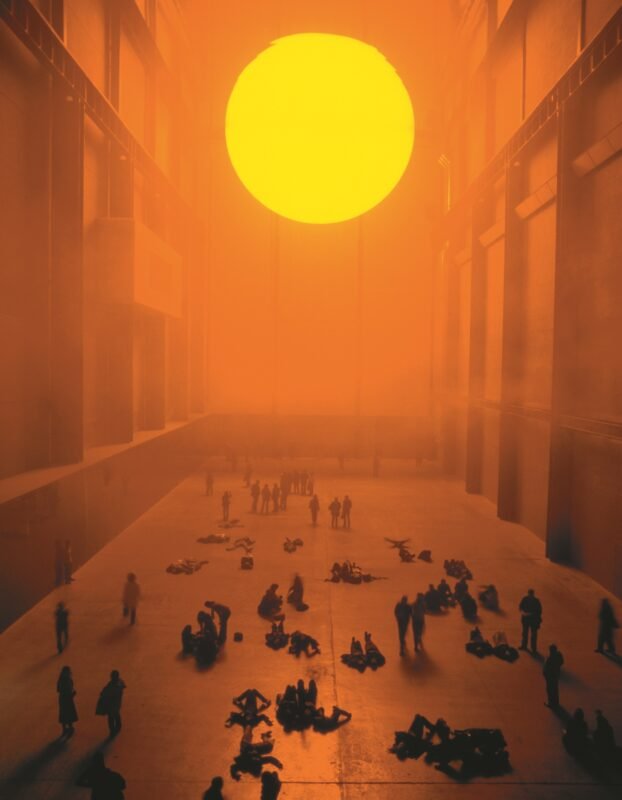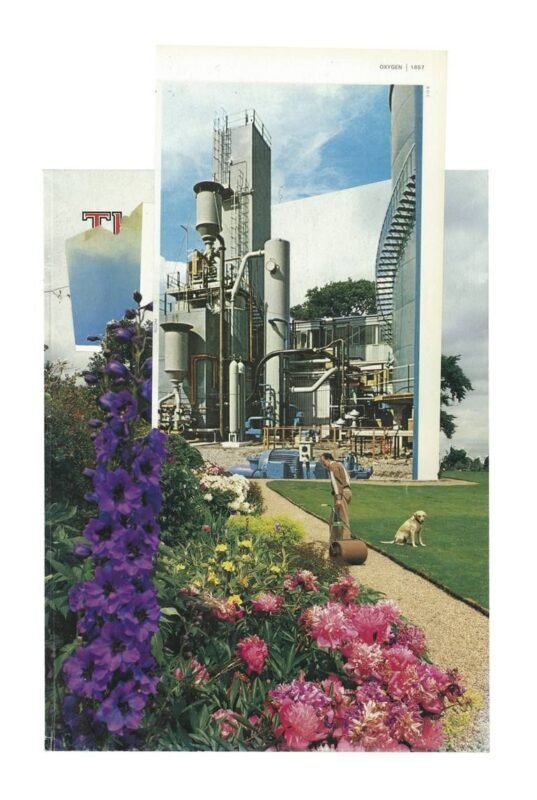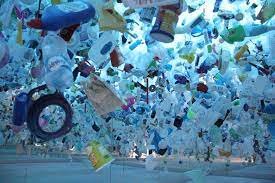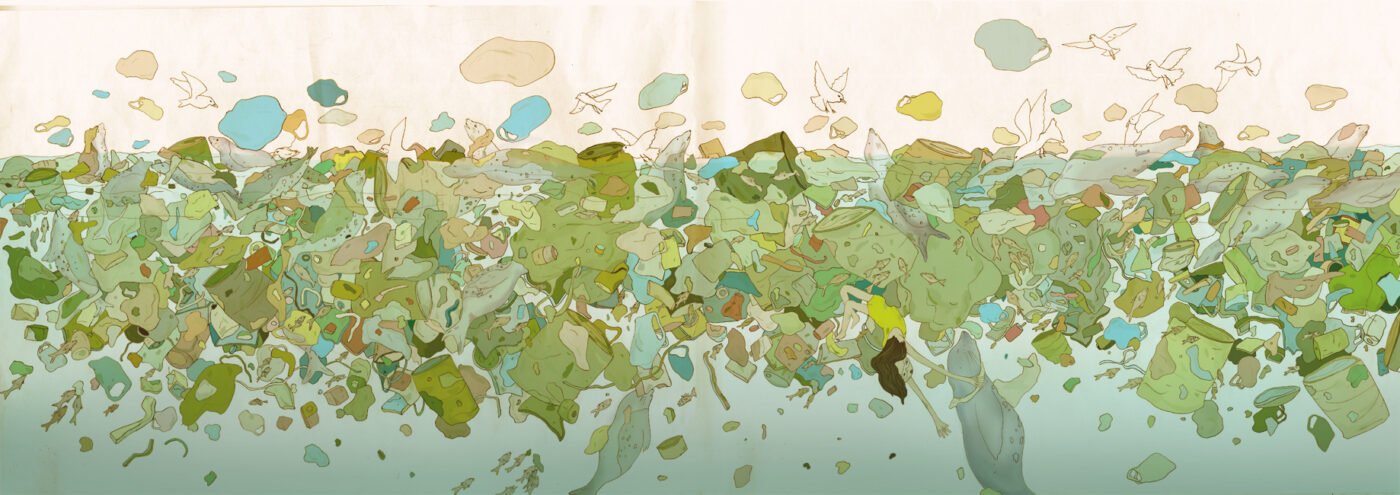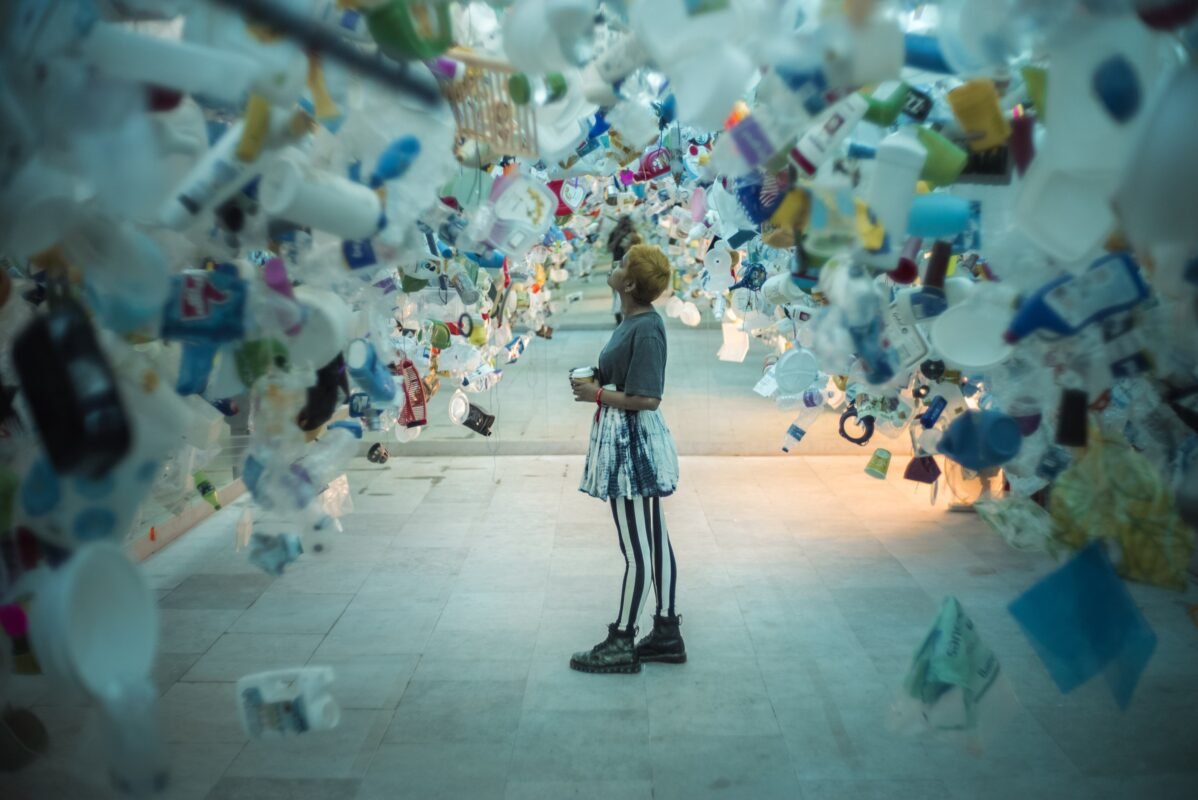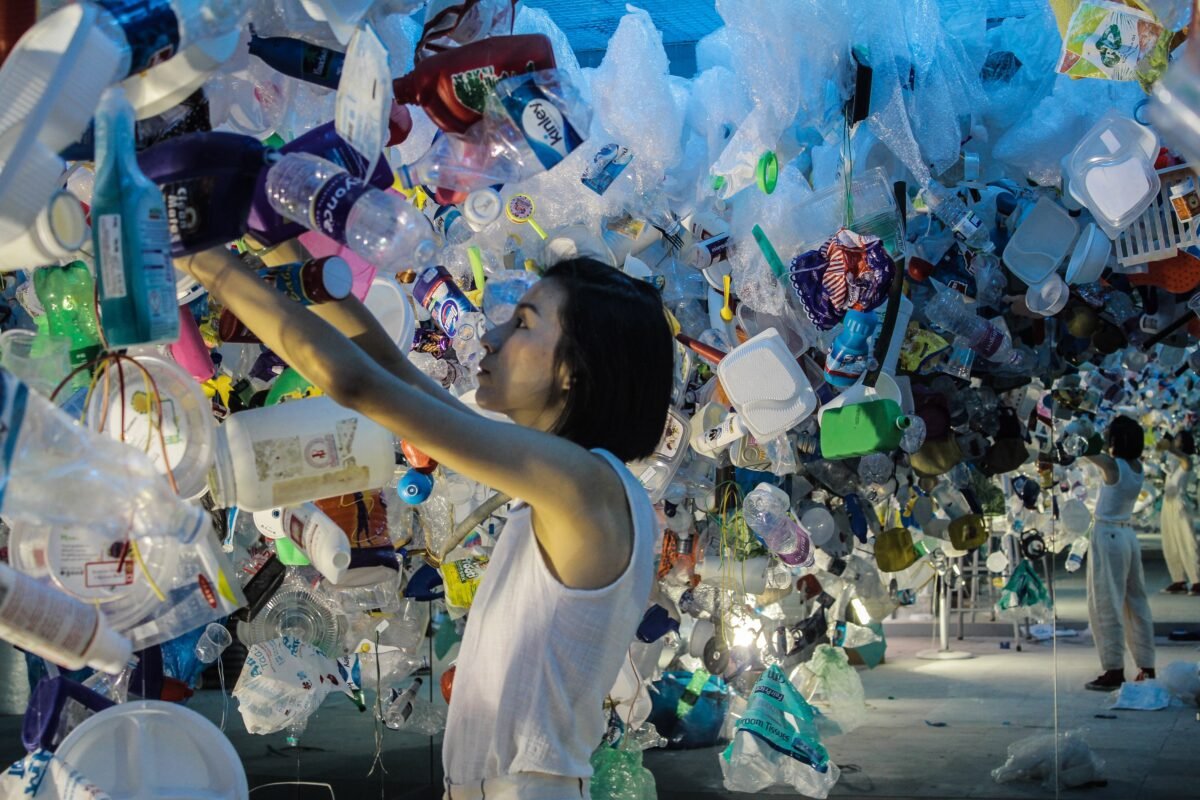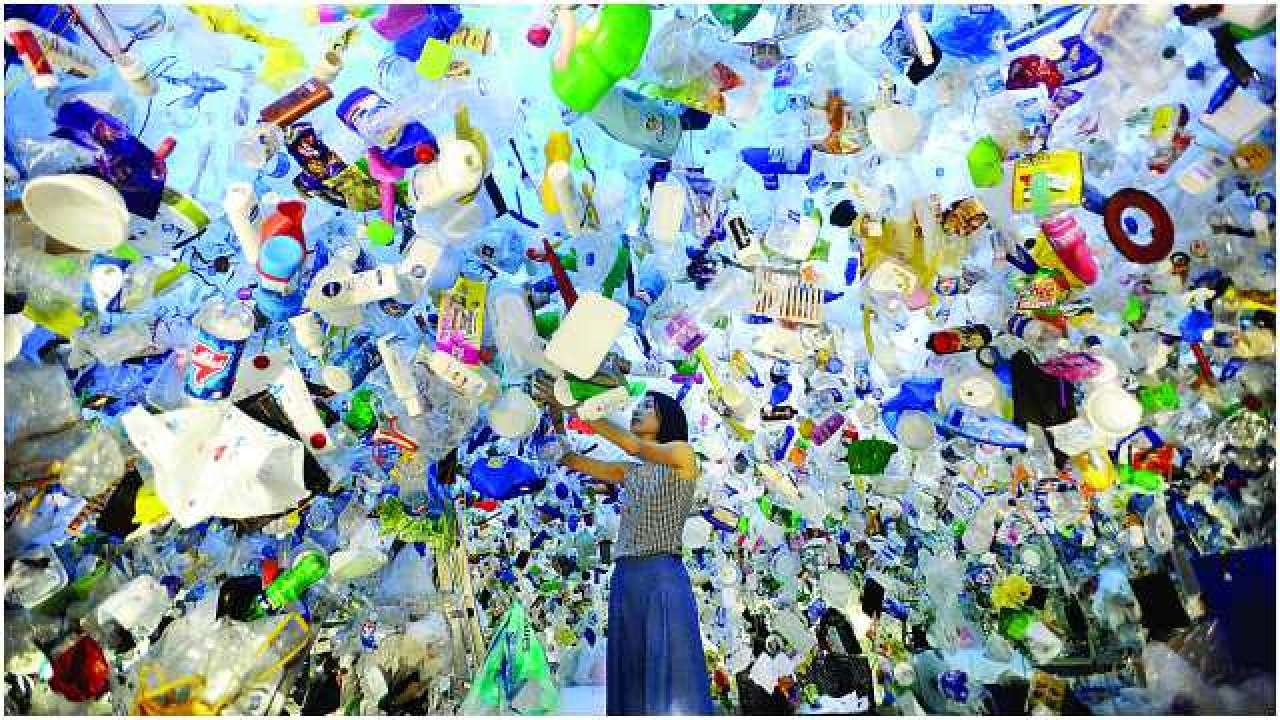No products in the basket.
Visual Diary
Environmental Sustainability
This blog post is a part of our series on Visual Diaries. In this course, we teach you how to develop your own artistic style and voice. One of the vital stepping stones is to find a topic you are passionate about and feel eager to change or resolve it. We have identified 7 Major Global Issues with lots of subcategories to get you started. The 7 main categories are:
- Polarization
- Environmental Sustainability
- Social Sustainability
- Economic Sustainability
- Fringes and Frontiers
- Safety and Security
- Freedom
Please bear in mind that these topics overlap and sometimes fuse together. Some can even be condensed more. But for the sake of our videos, I have finally decided to stick to these 7.
This blog post focuses on topic number two Environmental Sustainability. The purpose is to create awareness, pique your interest and make you attentive to the specific situations causing this global issue. We want you to become passionate, angry and excited about the topic you choose.
Introduction to Environmental Sustainability
As humans are destroying the planet. We are raising the Earth’s temperature by releasing too many greenhouse gasses. We are polluting water sources, groundwater and our oceans. We are destroying forests, habitats and biodiversity. Many animal species are now endangered due to our careless actions.
Environmental Sustainability encompasses a large variety of subtopics.
Environmental Sustainability:
- Global Warming
- Destroying Habitats
- Deforestation
- Endangered Animals
- Importance of our Ocean & Marine Life
- Bee Population in Crisis
- Land Loss
- Destruction of Bio-Diversity
- Pollution
- Plastic Pollution
- Over Exploitation
- Deforestation
- Natural Disasters Increasing
- Limited Natural Resources
- Destroying Habitats
- Green House Gasses
- The Meat Industry
- Vegan Movement
- Lab-grown meat
- Recycling
- Energy Audits
- Travel
- Green Power
- The Meat Industry
- Water security
- Water Intense Crops
- Sustainable Farming
- Desalination of water
- Water Conservation
- The World Food Crisis
- Agricultural Pollution
- Ground Water
- The value of water
- Fast Fashion
You might feel more passionate about one of the subcategories than the entire big picture. Feel free to delve deeper into these topics and focus only on one strong visual message. I am going to just touch on a few issues here that I am drawn to.
It is time that we as humans take responsibility for our impact on our planet and change our ways.
The Meat Industry
Did you know that the meat industry also causes Global Warming? It accounts for nearly 60% of all greenhouse gas emissions. Farming animals require a lot of land but the main contributor to greenhouse gases from the meat industry comes from cow farts. Yes, cow farts and poops produce large quantities of methane, a powerful greenhouse gas. This leads us to two new topics. The vegan movement and lab-grown meat.
Vegan Movement
The violence toward animals in the meat industry and its direct link to global warming has led to a major increase in the Vegan Movement. Vegans do not consume or use any animal products. However, a large part of the world’s population is hooked on the sweet juicy taste of a steak or a burger. Some companies have made plant-based meat alternatives which taste and look exactly the same as a normal beef patty. One of the start-up companies is Beyond Meat known for their Beyond Burger and Impossible Foods. Many celebrities such as Katy Perry, Miley Cyrus, Trevor Noah, Jay-Z and tennis star Serena Williams have endorsed these companies. Katy Perry has rocked up as a Burger at quite a few events to promote the company.
Lab Grown Meat
Another alternative is to stick to meat but not to use animals. This has led to major scientific breakthroughs with regard to Lab Grown Meats. Yes, meats are cultivated in laboratories. Some of you could be screaming eeewh, no I won’t eat it, but trust me it is delicious. It’s real meat without tearing down a forest or taking a life. A win-win situation if you ask me.
Water Security
Let’s jump to another subcategory – Water Security. One of the most pressing environmental concerns currently is Water Security. As humans, we are running out of clean drinking water, and our groundwater is drying up. Less clean water means less food. It is important to realise the water crisis is linked to global warming. A hotter planet is becoming the new normal. Our seasons are out of balance causing devastating storms and droughts. The frivolous use of water also leads me to another topic Fast Fashion.
Fast Fashion
The textile industry has a huge environmental impact. Our planet is being swamped in clothes with some 56 million tons sold per year. It is destroying our planet’s water supply. One outfit such as jeans and a t-shirt uses 20-40,000 litres of water to make. It’s the demand from the fibres we are using. Cotton is one of the thirstiest crops that we produce on this planet.
So why do we buy so many clothes? Because marketing and trends compel us to. Welcome to Fast Fashion. Buying clothing every four weeks is relatively new. Before the 90s designers made clothes for two fashion seasons per year. Where stores used to change their ranges 2 to 4 times a year according to the seasons it now changes ranges as much as 10 – 12 times a year.
Fast Fashion is a huge business. Every month Zara replaces ¾ of its collection. Its marketing strives to make visitors visit a store 17 times per year. More clothes mean cheaper prices and lower quality. Have you ever wondered what happens to all the clothes that don’t get sold? Or all the clothes that you toss away since you simply need to have the latest shirt? They get dumped or destroyed. 15 tons of clothing from H&M fashion chains are destroyed every year. Mass produces cheap clothes is a disaster for the environment.
Welcome to Kantamanto Market in Ghana. Sustainable fashion activists and journalists identified the market as one of the main receivers of imported unusable used clothing in the fast fashion industry. 40% of the garments that enter the market and are sorted by traders get discarded into landfills. Roughly 5 million garments leave Kantamanto Market every week! Off to Ghana dumps with you! The world’s unwanted fashion ends its journey here. The market needs to dispose of more than 160 tonnes of textile waste every day. During the monsoon season in Ghana fierce rains washes all the unwanted clothes into the waterways, many of them ending up in the ocean.
Fast Fashion doesn’t only need to stop and be more accountable with regard to the amount of water they use they also have to address their humanitarian issues. Zara has employed child labour using Syrian refugees through subcontractors in Turkey.
We need to seek solutions fast
In 2015 Global Leaders agreed to limit global warming to well below 2°C – ideally 1.5°C. To meet these goals, global carbon dioxide emissions need to be reduced and reach net-zero emissions by 2050.
If we fail the planet will suffer from extreme climate change, resulting in floods, hurricanes, and draughts that would lead to water and food shortage. We need to increase political pressure because it will force governments to take immediate action. Our planet will survive in its new form but would we?
Recent Events to go and research
Water Security
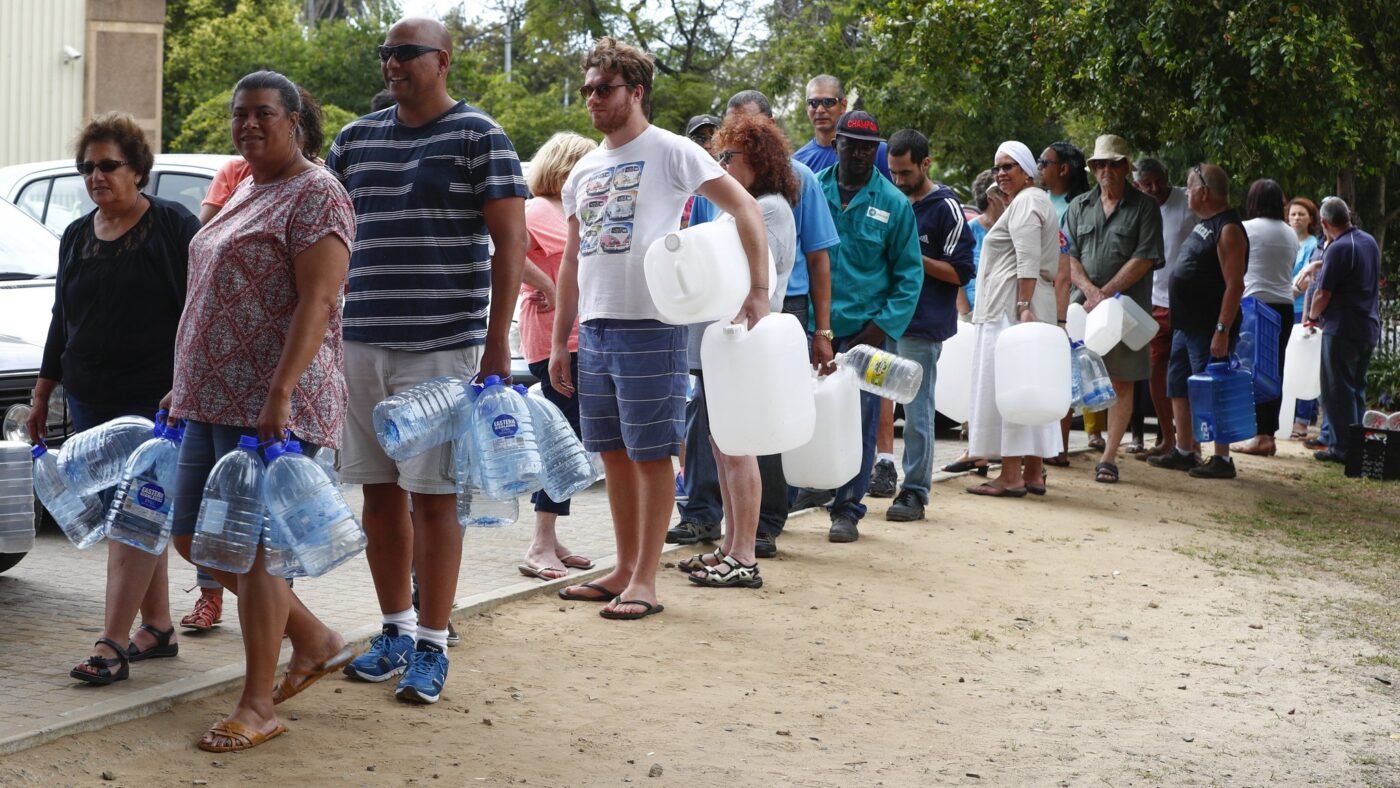
In 2018 the City of Cape Town experienced a severe drought from the previous consecutive dry winters (2015–2017) in southwestern South Africa. This lack of rainfall resulted in the Cape Town “Day Zero” drought in early 2018. “Day Zero” is when the taps run dry and the city is left without any potable water.

The poorest countries in terms of water
The Middle East and North Africa is the world’s driest region. Kuwait is one of the world’s most water-scarce countries. Water availability is much lower in Kuwait and as the country grows economically the demand for water and resources increases. The country’s only natural water resource is 60 m3/y per capita of renewable water wells; while well extraction is 307 m3/y per capital.

Due to climate change and dramatic changes in weather patterns Mexico city has experienced unusually low rainfall leading to a lack of water, this lack of water has been worsened by unsustainable water management practices. This lack of water has led to water shutoffs and the possibility of a “Day Zero” crisis. Each year Mexico city loses 42% of its drinking water to leaks in pipes.
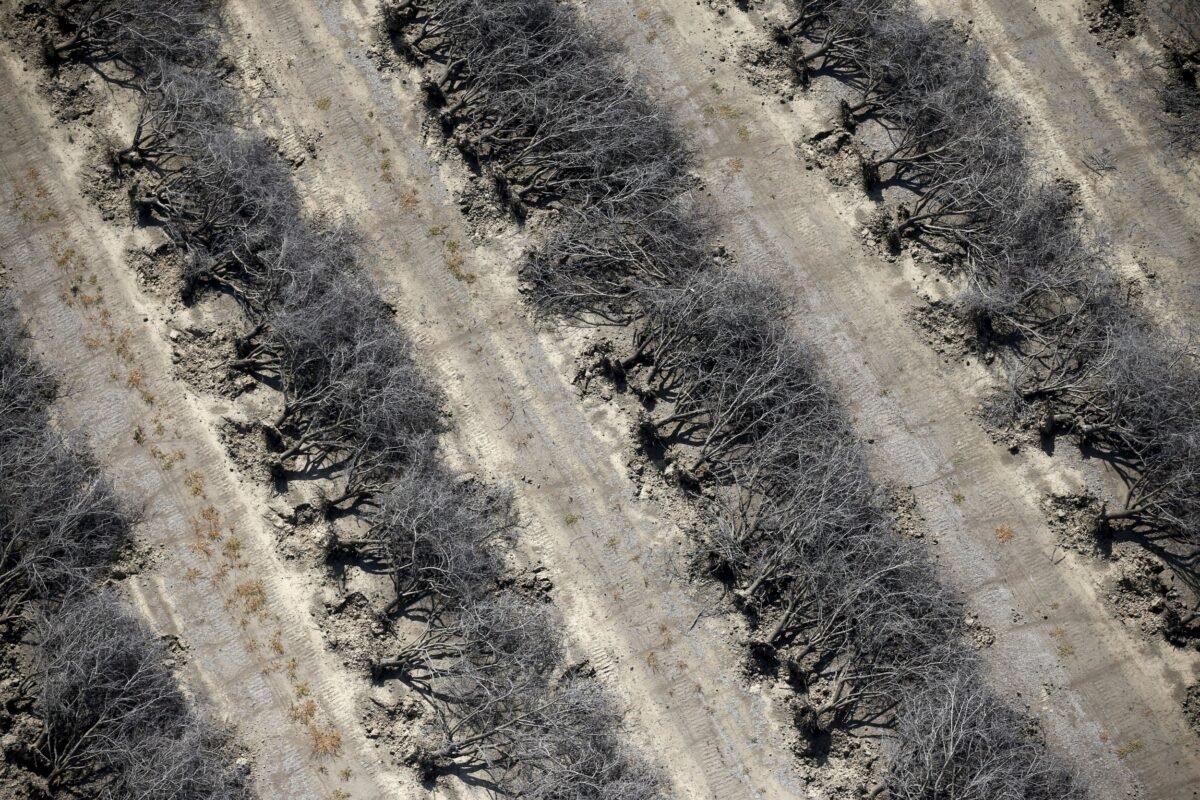
Central Valley in California running dry
Wells have run dry in Central Valley due to the droughts and lack of rainfall. These water shortages have had a devastating effect on farmers and agriculture.
Global Warming / Climate Change
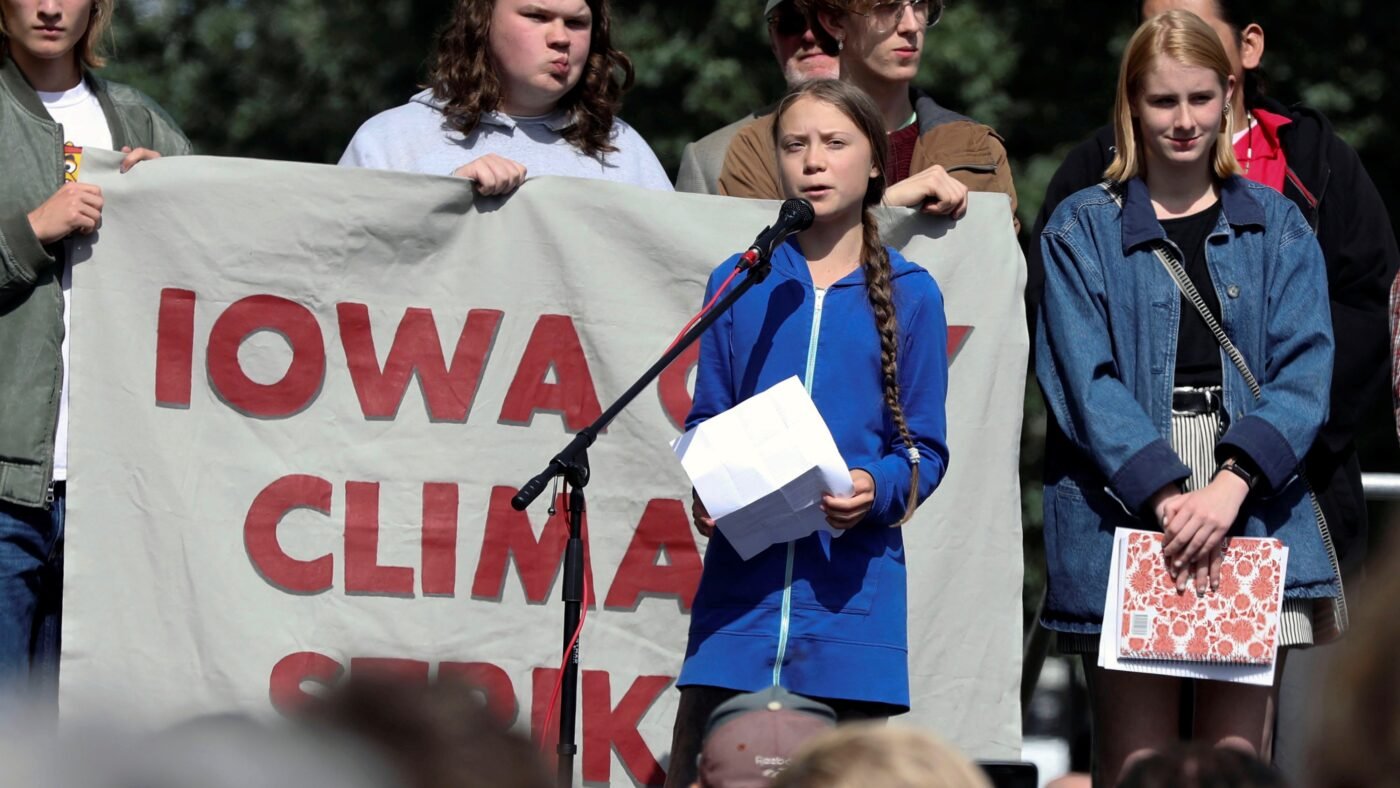
Greta Thunberg is a 19-year-old Swedish environmental activist. Thunberg rose to fame after attending a United Nations conference in 2019 in New York. Here she stood up to the world leaders, expressing her disdain and frustration towards their poor choices around climate change.
Endangered Animals
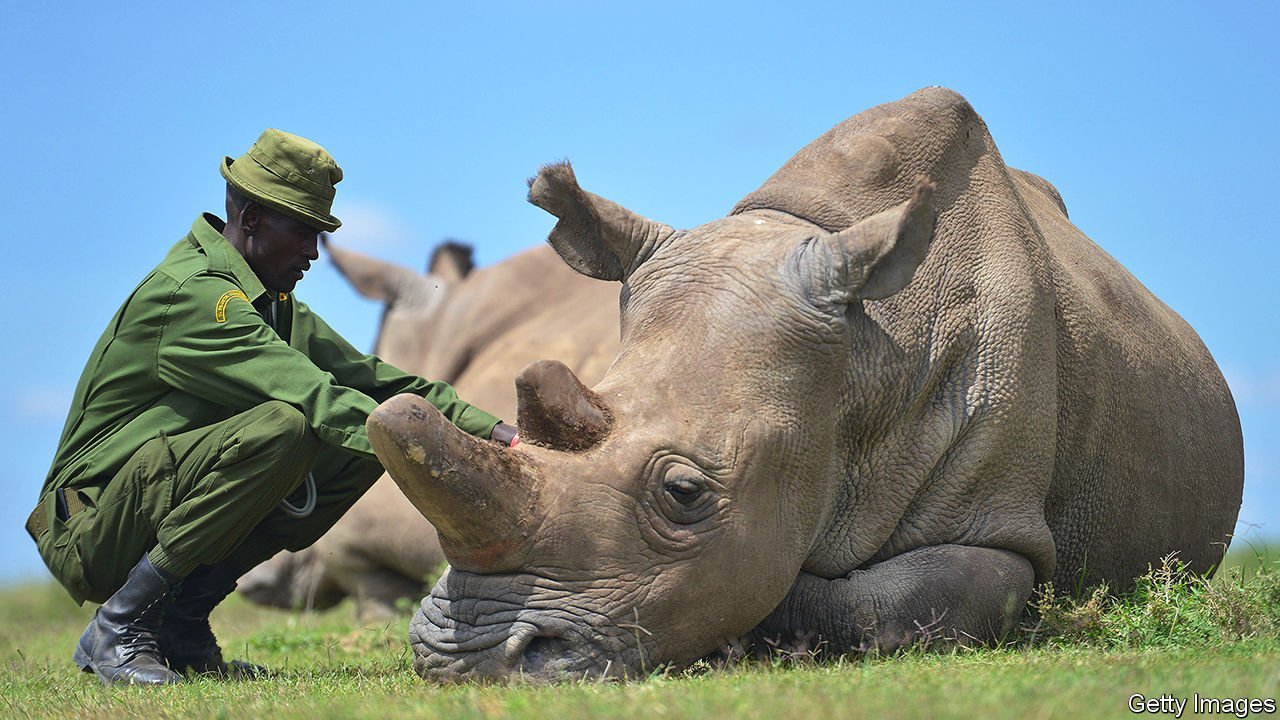
South Africa holds the majority of the world’s rhinos and has been the country hit hardest by poaching criminals, with more than 1,000 rhinos killed each year between 2013 and 2017. The number of Rhinos killed declined drastically during the Covid-19 pandemic, only to rise again in the first weeks of December 2021 after covid regulations were lifted.
Sub Categories of Environmental Sustainability / Vocabulary to understand
Deforestation
The removal or clearing of forest land for farms, ranches and urban use.
Land Loss:
Land loss refers to the transformation of open coastal land to water, usually by erosion, sea levels rising and human activity.
Climate Change / Global Warming
A long-term change in the Earth’s overall temperature with massive and permanent ramifications. Water levels of the oceans are rising rapidly due to the ice caps melting.
Green House Gasses
Earth’s greenhouse gases trap heat in the atmosphere and warm the planet. The main gases responsible for the greenhouse effect include carbon dioxide, methane, nitrous oxide, water vapour, and fluorinated gases.
Bio-Diversity
Biodiversity is a term used to describe the enormous variety of life on Earth. It can be used more specifically to refer to all of the species in one region or ecosystem. Biodiversity refers to every living thing, including plants, bacteria, animals, and humans. Species are closely intertwined. Once we remove one species the entire environment gets impacted in ways we don’t even truly understand yet.
Meat industry
Did you know that the meat industry accounts for nearly 60% of all greenhouse gas emissions? Companies and individuals who are involved in industrialized livestock agriculture for the production of meat. This includes packaging, marketing and preservation. The meatpacking industry deals with the slaughtering of animals.
Vegan Movement
This refers to the increasing number of people moving towards veganism. Vegans do not consume or use any animal products.
Lab-grown meat
The production of meat in a highly controlled lab environment without the use of an animal.
Human impact on the environment:
Human being’s contribution to pollution and overall effect on the planet earth
Pollution
Pollution is the introduction of harmful materials into the natural environment. Anything that could potentially harm the environment is seen as pollution. These are materials that damage the land, air and water making it unsafe for other life.
Plastic Pollution
The accumulation of plastic products like packets, straws, and products creates harmful environments for animals and humans. This has become one of the most serious and deadly environmental issues.
Over Exploitation
Overusing specific resources to the point where we risk running out of them.
Marine Life
plants, fish and other creatures which reside in the oceans, estuaries and coastal water
Endangered Animals Animals that are likely to become extinct due to their numbers dwindling
Bee Population in Crisis
The declining number of bees is because of increased pathogen loads, poor nutrition, habitat loss and pesticides. the decline in pollination which results from bees leads to unstable food supplies and environmental problems
Destruction of Biodiversity
The loss of biodiversity means that the number of living things in a particular ecosystem is declining or is destroyed.
Desalination of water
Because water covers three-quarters of the earth’s surface, it might appear that there is plenty to go around and that we will never run out of this valuable resource. In reality, however, we have a limited amount of usable freshwater.
Over 97 per cent of the earth’s water is found in the oceans as saltwater. Two per cent of the earth’s water is stored as fresh water in glaciers, ice caps, and snowy mountain ranges. That leaves only one per cent of the earth’s water available to us for our daily water supply needs. Our freshwater supplies are stored either in the soil (aquifers) or bedrock fractures beneath the ground (groundwater) or in lakes, rivers, and streams on the earth’s surface (surface water).
Desalination is when we remove salt from ocean water and create freshwater. Even though this technology exists it is still very expensive. Using desalinated water would make food prices skyrocket.
Limited Resources
A basic condition of nature means that the quantities of available labour, capital, land and entrepreneurship used for the production of goods and services are finite
Fast Fashion
Fast fashion is a term used to describe the clothing industry business model of creating trends and high-fashion designs, mass-producing them at low cost, and bringing them to retail stores quickly while demand is highest. Using cheap materials and unethical practices to make and sell clothes. The Fast Fashion industry uses an incredible amount of water to keep up production. It takes 2700 litres of water just to make a T-shirt? According to the UN one pair of jeans takes 7,500 litres of water to make – a number that includes the water used to grow the cotton, make the denim and get the product shop-ready.
Sustainable Farming
Using sustainable and manageable resources to grow and farm plants. Meeting society’s demand for food and textiles, without comprising ethics.
Water intense crops
Water-intensive crops are plants that require a lot of water to keep them sustained
Water Shortages
70% of the world population faces water shortages at least one month of the year. 500mil people are severely affected all year round. This is due to poor distribution, poor management and misguided politics. Possible solutions would include improved irrigation, cover cropping, agroforestry, regulation of pollution and improved water recycling techniques.
Water conservation
The practice of actively using less water and trying to reduce water usage. Areas that currently have to act immediately would be California’s Central Valley (The food basket of the USA), Mexico City, regions in China and Africa. If they fail to do so, their Day Zero is imminent. Climate change will increase water scarcity globally. This is because Global Warming creates intense storms. Storms cause floods where too much water arrives all at once. This is actually bad because it causes destruction of water infrastructure, erosion and water contamination.
War over Water
Many wars have been triggered by a lack of water in Yemen, Pakistan, India, Latin America and over lake Chad in Nigeria. Some experts believe that a lack of water, and severe droughts contributed to the Syrian Civil War.
Agricultural Pollution
This refers to the byproducts of farming practices that are exposed to the environment resulting in the contamination or degradation of the environment. Agricultural pesticides and toxins are dumped into water supplies contaminating groundwater with Nitrates and Arsenic.
Importance of our oceans
Oceans regulate the earth’s temperature and provide 50% of the Earth’s oxygen. Climate change has increased the global temperature of the oceans. One consequence of this increase is Ocean acidification, which is the rise of acidity in the ocean’s chemistry. It kills certain coral, fish and shell species. This is bad news for the 1 billion people that rely on the ocean for protein.
Ground Water
Groundwater is water that is stored in cavities below the ground. It is basically our water savings account. But we cannot keep on using it. It is fine to dip into these resources as we struggle through a drought, but we cannot rely on them. It has taken the Earth millenniums to fill these underground water cavities and we are draining them in a matter of years.
The value of water
How do you determine the value of water? We cannot live without it, it is irreplaceable. Yet farmers almost pay nothing for it. By not paying much for water people tend to use it wastefully. Goldman Sachs predicted that water would be the petroleum of the 21st Century.
Hedge Funds have started buying up water supplies. Governments will then have no other option but to use them as utility providers. Placing a higher price on water might have its benefits. We would use it more sparingly and not grow water intense crops in arid areas. Governments will repair the infrastructure, declaring war on leaks. Water is an invaluable resource. Once we run out we will only find out what the cost of water truly is. Our fates are tied to what runs out of our taps.
Videos to watch
Further Recommended Research
Read the Guardian’s article The planet’s prodigious poo problem
What is the climate impact of eating meat and dairy?
Dirty Business: the Livestock Farms Polluting the UK, The Bureau of Investigative Journalism
The Poop Problem: What To Do With 10 Million Tons of Dog Waste, Live Science
What To Do With All of the Poo? Modern Farmer
Animal Waste – an Overview, Science Direct
The Origin of Faeces, David Waltner-Toews
No-kill, lab-grown meat to go on sale for the first time
Topic Hereos to watch out for

The well-known movie star Leonardo DiCaprio is also an active environmentalist and philanthropist. He has produced a number of documentaries such as The 11th hour, Cowspiracy and Before the flood, which all show the devastating effects humans have on the environment. DiCaprio also started his own foundation re:wild to promote wildlife conservation.

Nye is the CEO of the leading non-profit space advocacy organisation, which aims to advance science and the exploration of space. He is an advocate for climate change and uses his platforms to spread awareness and change.

Many of you will recognise the voice of Sir Attenborough, a well-recgonised Television broadcaster, biologist and natural historian. Attenborough is also a founding member of the World Wildlife Fund. His long term mission is to save the planet and explain the impact and changes he has observed in the environment over the last 60 years. Attenboroughs 2020 Netflix film A life on our Planet expresses his deep concerns about the current state of the planet due to the harmful impact of humans.

Thunberg is a 19-year-old Swedish environmental activist. Thunberg is an environmentalist campaigner who is part of many environmental initiatives to save the planet.
Artists that already addresses this topic
1. Andy Warhol
In 1983 Andy Warhol was asked to create a series of Endangered Animals. All proceeds would go towards protecting the animal’s original habitats and creating nature reserves. In the series, Warhol focuses on every animal from the Endangered Species Act of 1973. He raised awareness of the situation of extinct animals around the world and it was a massive success. Prints of Endangered Species were exhibited in New York and sold at various fundraising awards. They raised enough money to eventually remove two of these animals off the endangered list.

2. Sonny Sundancer – Graffiti Street Artist
Born in the United Kingdom, Sonny moved to South Africa with his family when he was just eleven years old; a move that sparked a lifelong fascination with wild animals. It was this passion for wildlife that, in 2017, inspired Sonny to embark on his ‘To The Bone’ project. Using his unique style of street art, Sonny set out to raise funds and awareness for endangered wildlife on a global scale.
3. Katrine Claassens
Claassens is a South African painter whose works deals with interests in climate change, deep ecology and urban ecology. Aside from her artistic practice, she has worked as a climate change communicator at the African Climate & Development Initiative at the University of Cape Town and environmental organizations in Canada.
4. Janet Botes
Botes is a South African artist who tackles issues of sustainability through her art. She uses her natural surroundings in her art to spread positive and thought-provoking awareness of nature.
5. Olafur Eliasson
Eliasson creates transformative exhibition spaces using natural elements like water, fog and light to raise awareness of humans’ relationship to the natural world.
6. Benjamin West
West is a British artist who works with photography and collage. Juxtaposing nature with technology in order to draw attention to nature and the environment.
7. Tan Zi Xi
Artist Tan Zi Xi creates artwork and installations that expose the realities of ocean pollution. She creates oceanic scenes out of old discarded plastic.
Possible Solutions for the human impact on the planet
- Recycling
- Use public transport
- Turn off your electronics when you are not using them.
- Eat more locally grown vegetables and foods.
- Conserve water.
- Research climate change and make others aware of it as well.
- Eat a Vegan Diet.
- Eat lab-grown meat.
- Add Tencel, a wood pulp to cotton clothing to bulk it up and use less water intense fibres.
- Guilt Free Fashion
- Organic Coton / Reuse cotton that is already out there.


